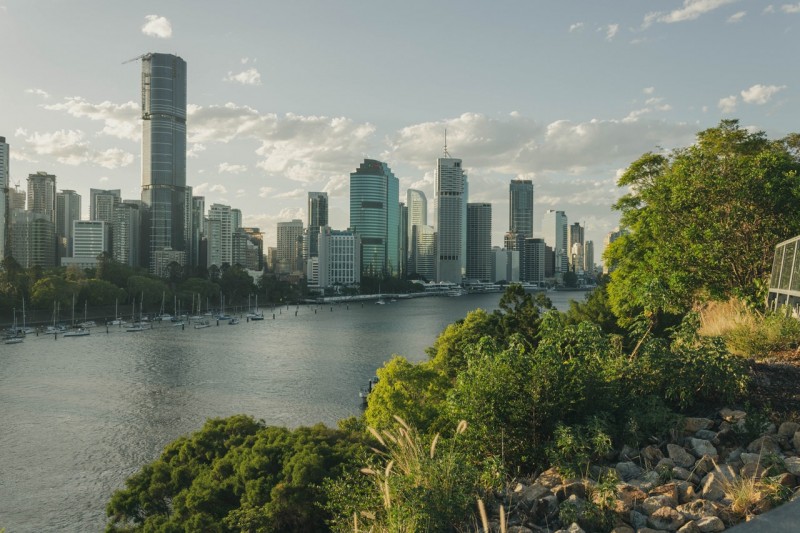Thanks to the never-ending options available to property owners, many people conduct a significant amount of research on the potential trees they might grow on their property. They seek out things like the tree’s water demands, sun-exposure preferences, nutrient requirements as well as vulnerability to common microorganisms as well as illnesses.
Planning is always a good idea when making a significant investment on your property in terms of time, space and money, and also it’ll help you choose a tree which may underperform in the space and not give the desired look. But, many individuals neglect to think about one vital characteristic when doing their homework. They fail to remember to explore the littler problems created by the tree from leaves, nettles, seeds and bark.
Trees can develop garden waste through a variety of ways. Some will shed bark throughout the year, while others cover the ground in fruit or seeds throughout a short season. Others may lose entire branches sporadically (which can also represent a safety danger).
With the help of Alex from the Arborists of Adelaide, we’ll explore four garden varieties which can be used within your garden which have limited waste, drought tolerance and water resistance ideal for the Australian climate.
- Fruitless Olive (Olea europaea).
For obvious factors, fruiting trees are generally on the more litter-causing end of the spectrum for the tree – but olives are the exception. Yet apart from the lack of fruit manufacturing, fruitless olive trees offer all of the exact same attributes that make olive trees popular with many property owners and also property supervisors. Olive trees normally expand as multi-trunked shrubs, however, they get to tree-like sizes; numerous samplings at some point reach 6 metres in height. Olive trees are very hardy and grow well in the Australian climate, with the trees still growing well even in low nutrient soils and little water.
- Willow Acacia (Acacia salicina).
The willow acacia is another interesting-looking tree that produces really little garden waste. A medium-sized tree, most specimens will stand between 6-10 metres high. Willow acacias frequently show a weeping growth practice, and also they have an attractive gray bark, which is usually visible beneath the cover. Willow acacias are hardy trees that tolerate a large range of soil conditions, as well as they will expand completely in full sunlight or shade. Like many various other acacias, they’re normally rather drought resistant, when fully established.
- Shoestring Acacia (Acacia stenophylla).
Several acacias are notorious for producing considerable litter issues yet the small acacia is a various issue entirely. Unlike many of their loved ones, which carpet the ground with completely dry fruit and thorns which can retard lawn growth, small acacias do not suffer from the same issues. Reaching 10 metres in height, these trees have a distinct, “weeping” look and also they generate attractive yellow blossoms throughout the fall as well as winter months (which is a unique offering for gardens, as few other trees blossom vivid colours during this the winter season).
- Monkey Puzzle Tree (Araucaria araucana).
The Monkey Puzzle tree is among one of the most unusual-looking and appealing trees around. It is a little larger than most trees used for ornamental styling– it can grow to 30 metres in height or more– however it is a terrific enhancement to large yards as well as buildings. As well as, like the other trees on this listing, it will not produce significant garden waste or maintenance. The monkey puzzle tree will certainly tolerate limited sunlight conditions, though it will thrive best under full sun. It isn’t an especially drought-tolerant tree, however, it will endure a wide range of soil types. It’s additionally fairly salt-tolerant, so it makes for a good garden addition in coastal properties and is used by many beach-side councils accordingly.
































